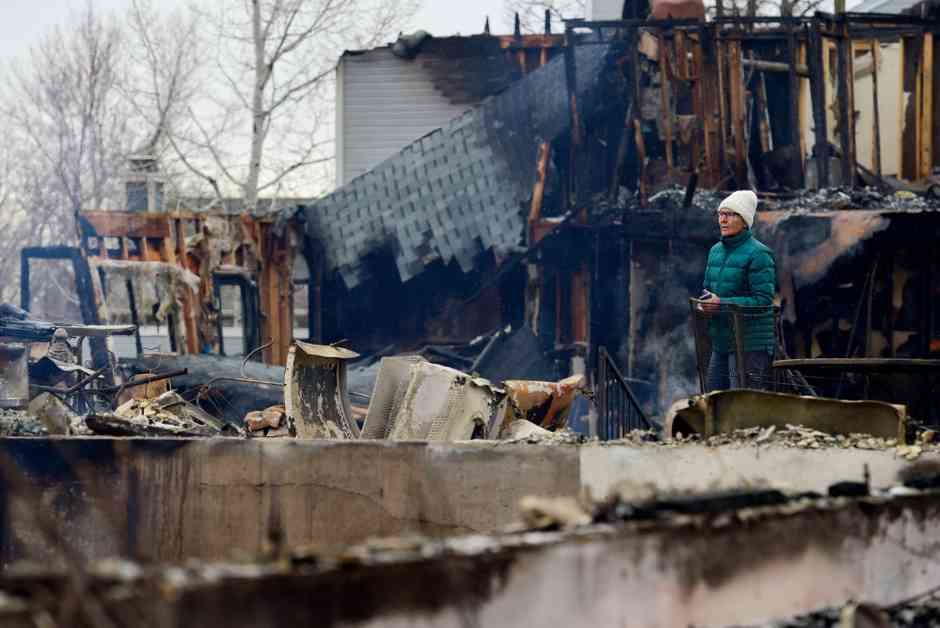Wildfires have always been a threat to communities, but recent research shows that the fastest-moving wildfires are becoming even more destructive due to climate change. A new study analyzed tens of thousands of wildfires between 2001 and 2020 using satellite data and found that the fastest-moving blazes were responsible for almost 90% of damaged and destroyed homes, despite making up only 3% of fires during that period.
The study, published in the journal Science, highlights the alarming trend of wildfires spreading more quickly in the Western U.S. as climate change leads to warmer and drier conditions. This poses a growing threat to communities near forests and grasslands, as firefighters are forced to prioritize saving lives over saving property.
One of the key findings of the research is that the speed at which a wildfire spreads fundamentally dictates its deadly and destructive impact. The study emphasizes the need to shift focus from just the size and intensity of wildfires to also considering how fast they move. This gap in wildfire-related modeling, risk assessment, resiliency initiatives, and emergency planning needs to be addressed to better prepare for extreme weather events.
For example, the 2021 Marshall Fire in Colorado burned a relatively small area but was fueled by 100-mile-per-hour winds, resulting in the destruction of over 1,000 homes and claiming two lives. This highlights how even small, fast-moving wildfires can have devastating consequences.
The research also shows that wildfires are starting to spread more quickly in the Western United States, with the fastest fires growing 2 1/2 times faster on average in 2020 compared to 2001. The average maximum growth rate of fires in the region has increased by 250% between 2001 and 2020, indicating a concerning trend of faster-spreading wildfires.
As temperatures continue to rise due to climate change, the likelihood of more fast fire events in the future is expected to increase. This underscores the urgent need for communities, emergency planners, and policymakers to rethink their approach to preparing for and responding to wildfires.
Overall, the study serves as a wake-up call to the growing threat of faster-spreading wildfires in a warming world. It emphasizes the importance of considering the speed of wildfires in addition to their size and intensity when assessing risk and planning for the future. By addressing this gap in understanding and preparedness, communities can better mitigate the impacts of these increasingly destructive natural disasters.










